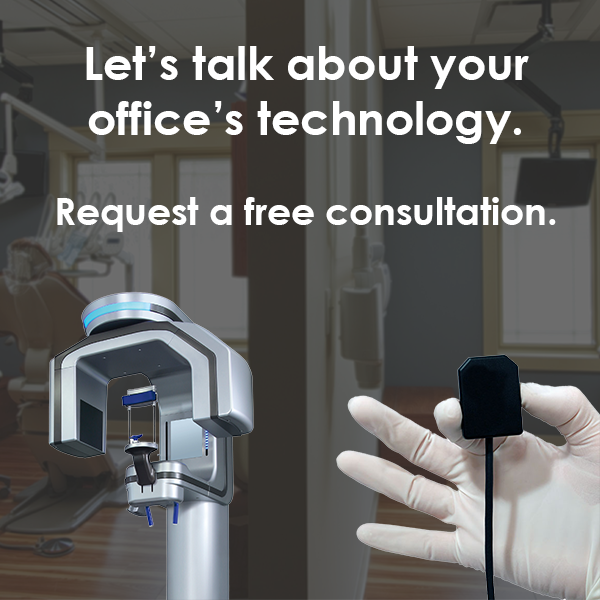
One of the most frustrating aspects to digital x-ray technology is having a sensor fail outside of warranty. Most manufacturers will state that the average life of a sensor is three to five years with normal wear and tear. This is true regardless if you use the SuniRay2, UniRay 1.5, QuickRay, EI, XDR, Schick CDR or 33, Dexis Platinum, etc. However, many dental offices have experienced failures before the average life expectancy. The following are tips to help your office get the most life from your sensor.
1. Unplug the sensor at the end of the day. This can avoid damage due to power surges through the USB port.
2. Keep your sensor in a safe place with the cord neatly looped with no extreme bends or twisted cords.
3. Protect the USB connector with a short 6" extension. USB A is rated for 1500 connects/disconnects. Use a 6” extension to make your USB connector replaceable.
4. Avoid dropping the sensor as this can cause internal damage to the sensor head.
5. Use the words “slowly close” not “bite” when positioning a sensor on a patient. Sensor cords to not stand up well to incisal edges. Always make sure that the cord is exiting the mouth where it is not being pinched by teeth.
6. When the sensor is not in use, ensure that the cord cannot be rolled over or closed in a drawer or cabinet.
7. Avoid extreme bends where the cable meets the sensor.
8. Do not position the sensor in such a way that it will be bitten by the patient. If taking an occlusal x-ray with the sensor, put a cotton roll between the posterior teeth to limit the patients bite.
9. Unless the user manual states that the sensor can be submersed in disinfectant, wipe the sensor with a recommended wipe, do not submerge.
10. Avoid using CaviCide to disinfect any imaging equipment. Instead, use a non-corrosive disinfectant such as OptiCide.
11. Use manufacturer-approved holders and sheaths to protect and position your sensor. The holders stabilize the sensor and provide an exit point for the wire.
If staff members follow the preceding suggestions it is very likely that your sensors will last the manufacturer’s projected life expectancy. If you find that despite your best efforts your office still has premature failures, please contact us for a complimentary consultation so we can customize a solution specific to your environment.




Leave Comment